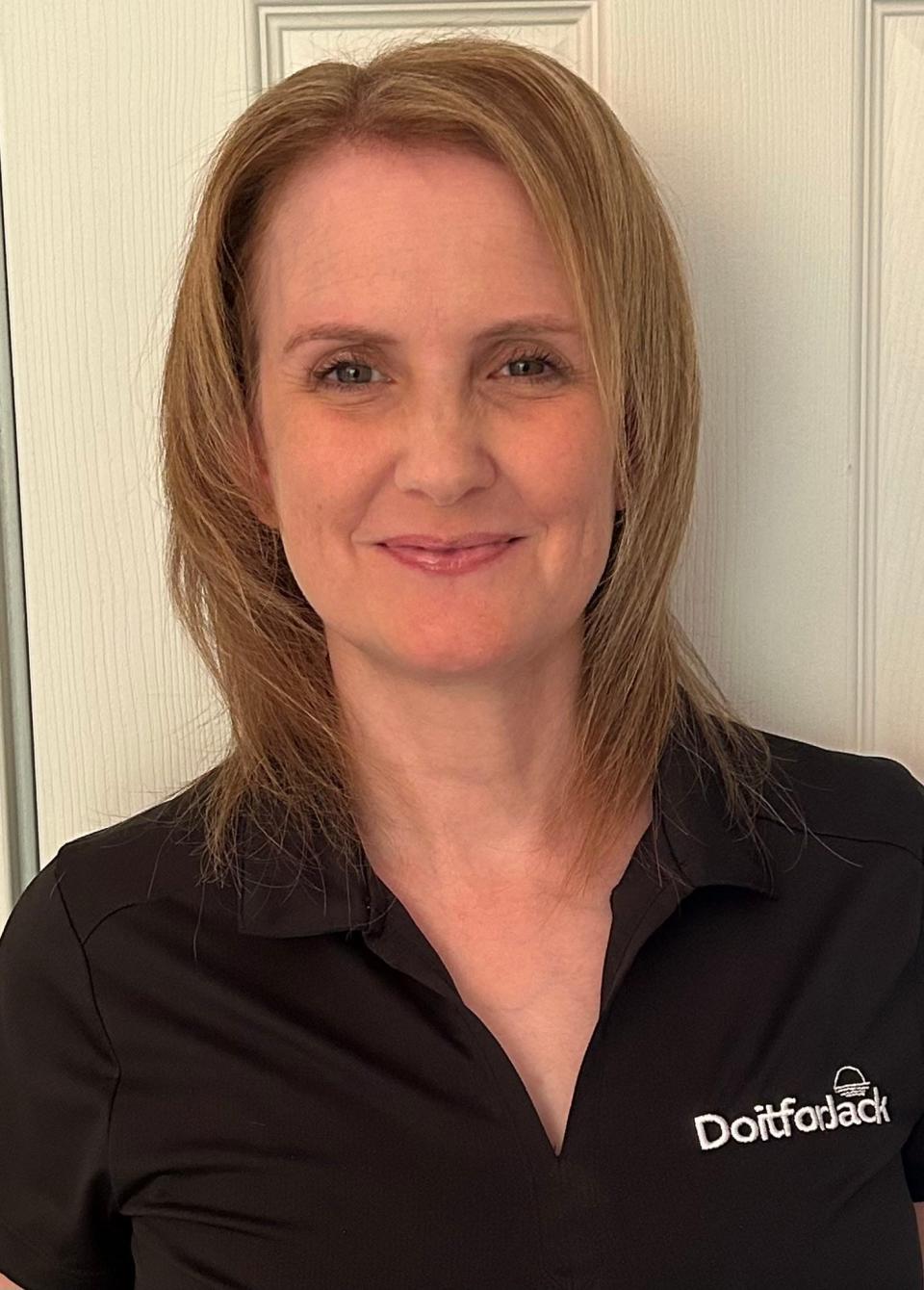6 out of 10 fake prescription pills are laced with fentanyl. Warn your kids.
A 19-year-old takes what she thinks is Xanax to help her anxiety. A college student who wants to study longer uses "Adderall." A young professional tries a party drug. All three found their drugs via social media or on the street, but none knew what they bought had been laced with fentanyl. All three died, poisoned by something they had no intention of taking.
Fentanyl is a lab-made opioid developed to treat severe pain. Like other opioids, it’s extremely effective − and extremely addictive. As the opioid crisis raged through the mid-1990s, people addicted to prescription opioids turned to the street.
Drug traffickers were all too happy to oblige, quickly realizing that fentanyl is cheap and easy to produce. They added it to street drugs such as cocaine to hook people fast. Then, they used it in pills deliberately made to look like Adderall, Xanax and other prescription medications.
6 out of 10 fake prescription pills laced with fentanyl
Today, the Drug Enforcement Administration estimates 6 out of 10 fake prescription pills are laced with fentanyl. What happens when a drug 50 times more potent than heroin and 100 times stronger than morphine is carelessly mass-produced by drug traffickers?
I lost my son to fentanyl: Now my family is on the front lines of the opioid epidemic
We must fight back: Fentanyl crisis is an international attack on America
People die. Just 2 milligrams of fentanyl, an amount small enough to fit on a pencil tip, can be enough to kill.
Fentanyl has no taste or smell, so without testing, there’s no way to tell it’s been used as an additive. Fentanyl has become a leading cause of death for Americans ages 18-45.

Nobody who knew Jack Quehl would have imagined he’d be one of those statistics. Jack was a National Merit Scholar who placed in the top 10 of his class at Moeller High School. He graduated from the University of South Carolina’s Darla Moore School of Business and then came home to Loveland, Ohio, to wait out the pandemic with his family, working remotely at his first job at a startup.
In August of 2021, he moved to Baltimore to begin his adult life. Barely a month later, Jack was dead.
'I had no idea I should warn them about fentanyl'
From what his parents have been able to piece together, Jack and some friends went out for the evening then returned to their apartment. Someone brought out a party drug. Jack didn’t say no. That one bad decision killed him.
"I talked to my kids about not driving drunk and about not having unsafe sex," says Jack’s mom, Stephanie. "I had no idea I should warn them about fentanyl. It wasn’t on my radar at all."
Office of National Drug Control Policy: Opioid addiction is a disease. We cut red tape so doctors can finally treat it effectively.
Never-ending war on drugs: Bureaucrats are telling your doctor how to treat pain. And patients suffer needlessly.
Stephanie and her husband, Tom, needed to do more than mourn Jack. They needed to honor his memory by spreading the word about fentanyl.
In 2022, the Quehls launched Do It For Jack: The Jack Quehl Foundation to educate their community about the danger. Together, Stephanie and Tom speak at schools and public events, telling Jack’s story, warning that no drug bought online or on the street − no matter how real it looks − is safe.
The Quehls aren’t alone. Across the country, grassroots organizations led by grieving families have sprung up with the same goal: Educate parents and kids, encourage them to talk openly, save lives.
Opinion alerts: Get columns from your favorite columnists + expert analysis on top issues, delivered straight to your device through the USA TODAY app. Don't have the app? Download it for free from your app store.
It's not an easy conversation. None of us wants to think our kids are trying drugs or are so stressed that they’re self-medicating with pills purchased via social media. But we must. We have to tell them it’s not safe to experiment even once. It’s not safe to trust any pill that doesn’t come from a doctor and a pharmacy.
When Tom speaks to students, as part of sharing Jack’s story, he offers them a way to make the lifesaving choice. He tells them when the moment comes where they’re faced with peer pressure or are under stress, "If you can’t make the right choice for yourself, if you can’t do it for your family, do it for Jack."
Parents, educate yourselves; then talk with your kids. Don’t lose your Jack.
Tracy Vonder Brink is a freelance writer in Loveland, Ohio, and serves on the board of Do It For Jack: The Jack Quehl Foundation. This column first published in the Cincinnati Enquirer.

You can read diverse opinions from our Board of Contributors and other writers on the Opinion front page, on Twitter @usatodayopinion and in our daily Opinion newsletter. To respond to a column, submit a comment to letters@usatoday.com.
This article originally appeared on Cincinnati Enquirer: Fentanyl now a leading cause of death for young Americans. Warn kids.

